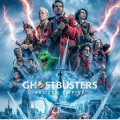Reviving Youth: The Revolutionary De-Ageing of Robert Downey Jr. in the Marvel Cinematic Universe
- Sep-09-2024
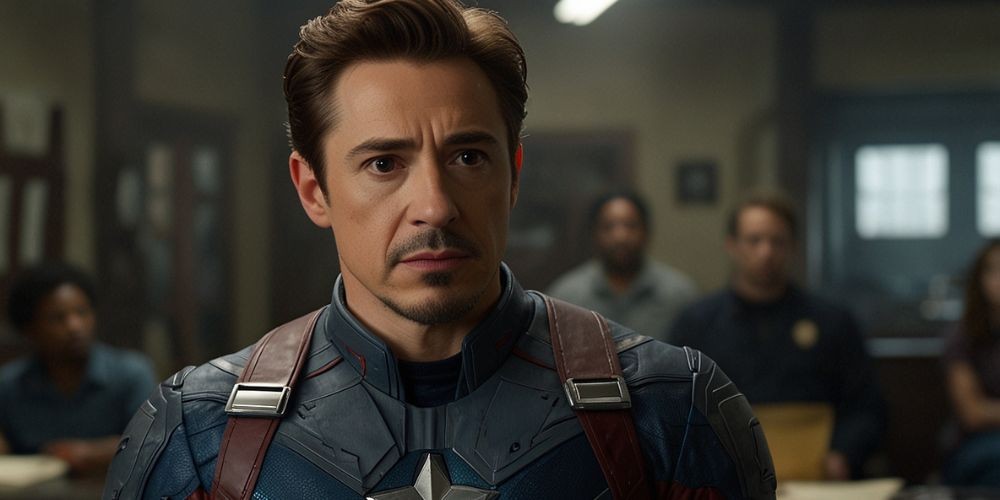
In the realm of cinematic achievements, the Marvel Cinematic Universe (MCU) has consistently raised the bar with its innovative storytelling and remarkable visual effects. One of its most significant films, "Captain America: Civil War," exemplified this trend not only through its compelling narrative but also through groundbreaking visual techniques that brought beloved characters to life in unexpected ways. A remarkable example of this innovation is the de-ageing of one of Hollywood’s most iconic actors, Robert Downey Jr., using advanced technology to recreate his youthful visage. This article delves into the extraordinary journey taken by visual effects experts to achieve this feat, illustrating both the technical prowess involved and the emotional resonance it brought to the film. Let's explore the process that redefined the portrayal of a young Tony Stark.
A Pivotal Moment in the MCU
Released amidst heightened anticipation, "Captain America: Civil War" represented a significant evolution in the MCU, showcasing an epic confrontation between two of its most beloved characters: Captain America and Iron Man. The stakes were high, but what truly captured the audience's heart were the poignant flashback sequences featuring a young Tony Stark with his late parents. These nostalgic glimpses added a profound layer to the storyline, allowing viewers to emotionally connect with Stark's past.
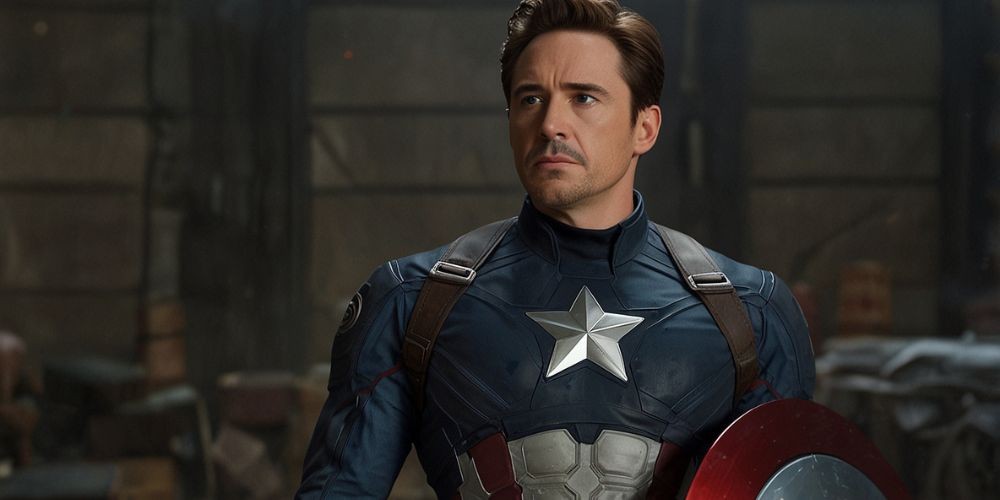
The Art of De-Ageing
The task of reviving a young Tony Stark was entrusted to Lola VFX, renowned for their innovative visual effects in previous films like "The Curious Case of Benjamin Button." The challenge was particularly daunting, as it required not only technical skill but also an understanding of the nuances of Robert Downey Jr.’s performance from years past. Visual Effects Supervisor Trent Claus and his team took up the challenge, driven by the goal of maintaining the authenticity of the actor’s portrayal while presenting him as he appeared decades earlier.
Capturing the Essence
De-ageing in film is a meticulous process that goes far beyond standard visual effects. Claus explained that the team needed to work with 24 frames per second of footage, akin to a sophisticated version of Photoshop that operates on a sequence of moving images. Unlike static images, even minutiae such as facial expressions and subtle gestures had to be carefully analyzed and replicated. This attention to detail was critical; every frame had to uphold both technical rigor and the emotional gravity that the scenes demanded.
The Journey through Time
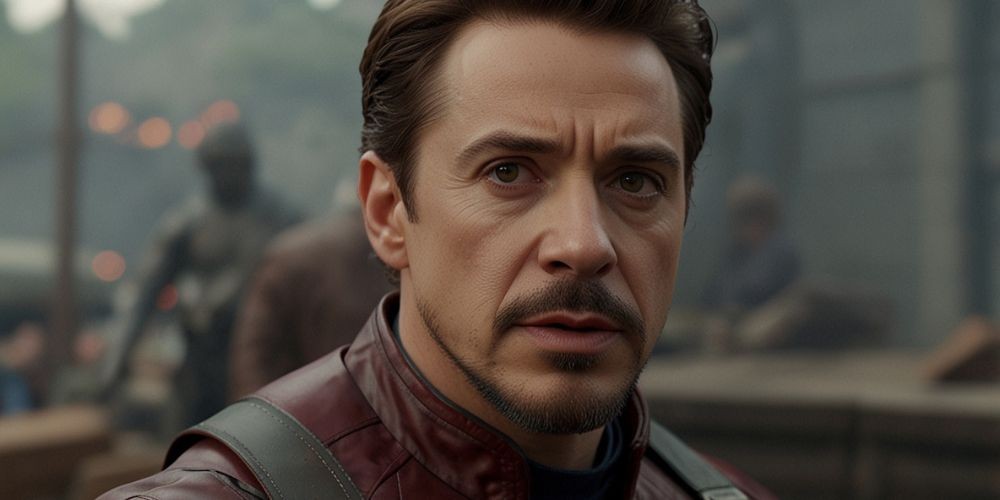
The creative team's endeavor involved rigorous referencing of Robert Downey Jr.’s earlier works to determine how best to replicate his youthful appearance. Of all the films available for analysis, they ultimately focused on a specific performance from 1987's "Less Than Zero," where Downey portrayed a young man battling personal demons at the tender age of 21. This film provided a crucial reference point that allowed the VFX team to target precise age markers in Downey's facial structure and expressions.
Research and Development
To craft a convincing younger version of Downey, the team dissected countless frames from various performances over the years. This labor-intensive process allowed them to hone in on the essence of Downey’s youthful expression. The research phase not only involved examining facial movements but also understanding the actor's emotional range during that time. The team’s commitment to authenticity was underscored by their resolve to ensure that the resulting images respected both the actor’s legacy and the audience’s memory of him as a young star.
Challenges Along the Way
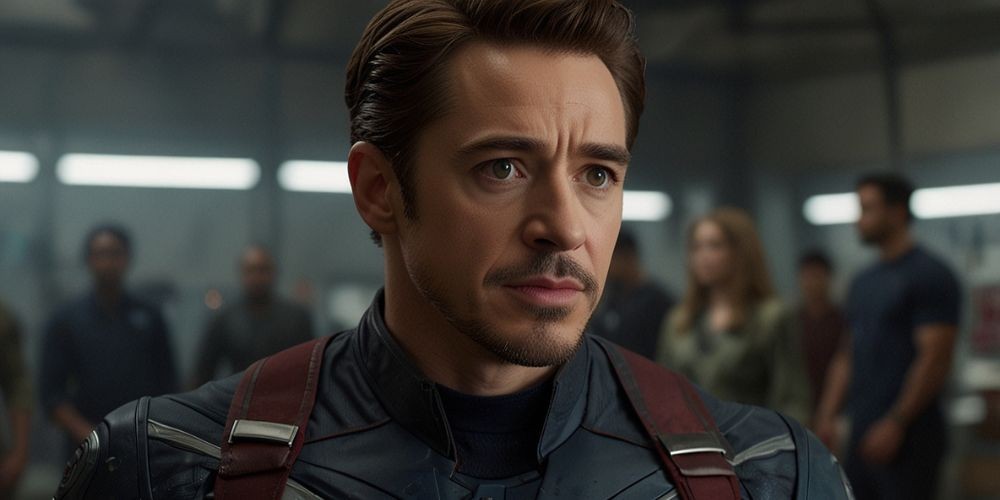
With a project of this magnitude came immense pressure. Not only did the visual effects team have to uphold the technical standards of the MCU, but they also needed to meet fans' expectations for Downey's appearance. Many viewers vividly remember the young Stark from his earlier days, putting additional pressure on the team to deliver an image that felt exactly right. The stakes were high, and the crew was acutely aware that one misstep could lead to disappointment among a dedicated audience.
Perfecting the Final Cut
As production progressed, the team faced numerous sleepless nights filled with trial and error, experimenting with different techniques and technologies to achieve the desired outcome. Advanced software and cutting-edge equipment were utilized, and every small tweak was subjected to scrutiny to ensure it captured the veracity of Downey's youthful portrayal. Each flashback scene was integral to the storyline, cementing the importance of getting every detail just right.
The Result – A Triumph in Visual Effects
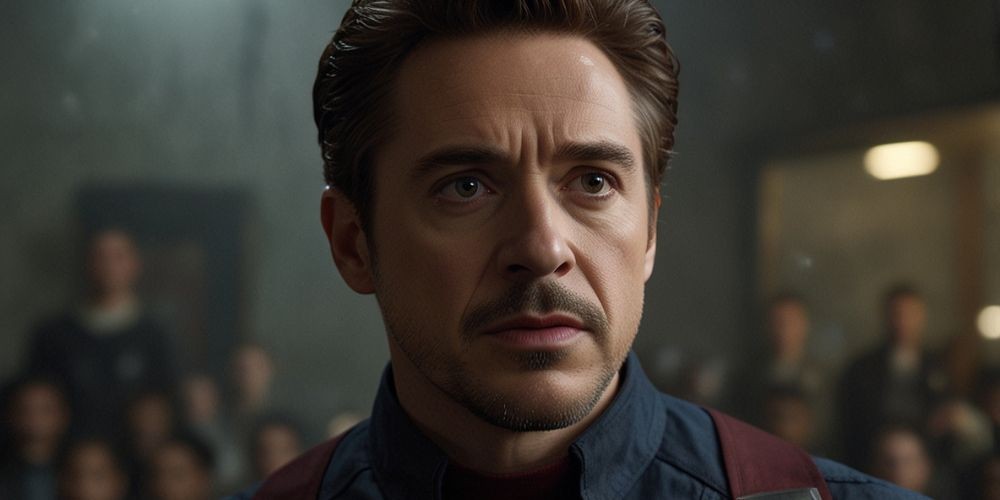
Ultimately, the hard work paid off. The final sequences featuring a de-aged Robert Downey Jr. were not only well-received but praised as an incredible achievement in visual storytelling. Audiences were transported back in time, captivated by a performance that felt remarkably authentic and emotional. The de-aged Tony Stark blended seamlessly into the narrative of "Captain America: Civil War," enhancing the film's emotional depth.
Legacy of Innovation
The successful de-aging of Robert Downey Jr. in "Captain America: Civil War" represents a watershed moment in the film industry, showcasing the extraordinary potential of visual effects. This accomplishment has influenced how filmmakers approach character representation and storytelling, redefining the possibilities of cinematic narratives. As technology continues to evolve, the bar will only rise higher for visual storytelling.
Looking Ahead
Today, "Captain America: Civil War" stands as a pivotal chapter within the MCU, and the innovation displayed through the film is a testament to the creativity found in modern filmmaking. Fans can experience the film, along with its striking visual effects and emotional depth, on Disney+. As we look to the future of cinema, there’s no denying that the intersection of technology, artistry, and storytelling will continue to reshape how we perceive our favorite characters.









